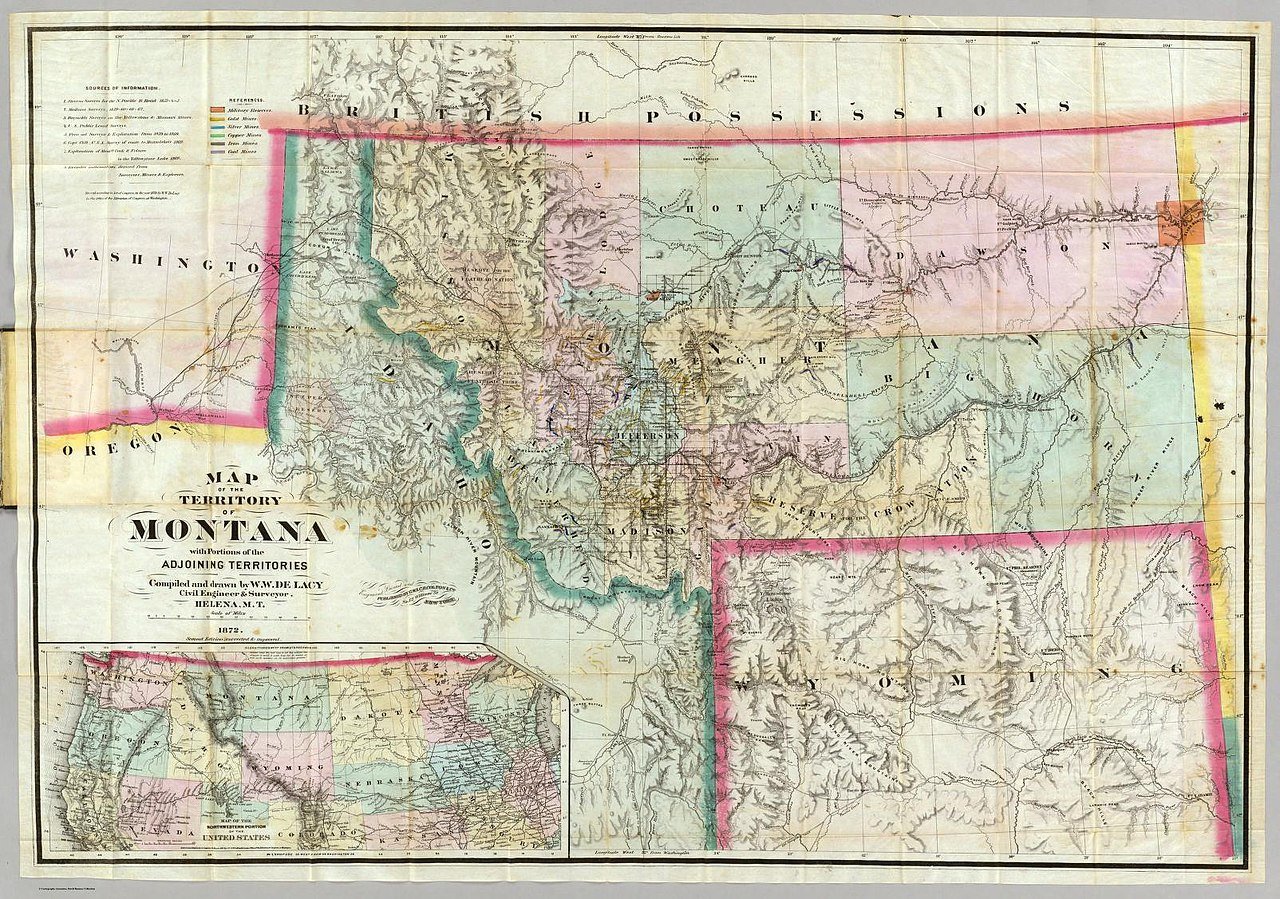1889: Montana Statehood – A Milestone in American Frontier Expansion
On November 8th, 1889, Montana was admitted as the 41st state of the United States, marking a significant milestone in the expansion and development of the American frontier. This event not only brought Montana into the Union but also showcased the state’s vast natural beauty, including iconic landmarks like Yellowstone and Glacier National Parks.
Montana’s journey towards statehood was a long and arduous one, filled with challenges and triumphs. The road to statehood began in the early 1860s when gold was discovered in the region, attracting a wave of settlers and prospectors. The population grew rapidly, and Montana became an organized territory in 1864.
For several decades, Montana operated as a territory, with its own territorial government. However, the people of Montana aspired to have the same rights and privileges as those enjoyed by the residents of the existing states. They sought representation in Congress and the ability to govern themselves.
The push for statehood gained momentum in the late 1880s, as Montana’s population continued to grow and the territory developed economically. The Montana Statehood Bill was introduced in Congress, and after much debate and deliberation, it was finally passed on February 22nd, 1889.
One of the key factors that contributed to Montana’s successful bid for statehood was its abundant natural resources. The state was rich in minerals, including gold, silver, and copper, which played a crucial role in the economic growth of the region. The development of mining and agriculture industries further fueled the demand for statehood.
Montana’s natural beauty also played a significant role in attracting attention and support for statehood. The state boasted stunning landscapes, from the majestic peaks of the Rocky Mountains to the breathtaking geysers and hot springs of Yellowstone National Park. These natural wonders captivated the imagination of the American people and showcased the untamed beauty of the American West.
On November 8th, 1889, Montana officially became a state, with Helena as its capital. The statehood celebrations were marked by parades, speeches, and festivities, as the people of Montana rejoiced in their newfound status as citizens of the United States.
Montana’s statehood not only brought political and economic benefits but also paved the way for social progress. With statehood, Montana gained the ability to pass laws and regulations that would shape the future of the state. This included the establishment of public schools, the protection of natural resources, and the promotion of women’s suffrage.
Today, Montana continues to be known for its stunning natural beauty and rich history. Visitors flock to Yellowstone and Glacier National Parks to witness the wonders of nature that inspired the early pioneers and settlers. The state’s commitment to preserving its natural resources and heritage ensures that future generations can also experience the magic of Montana.

